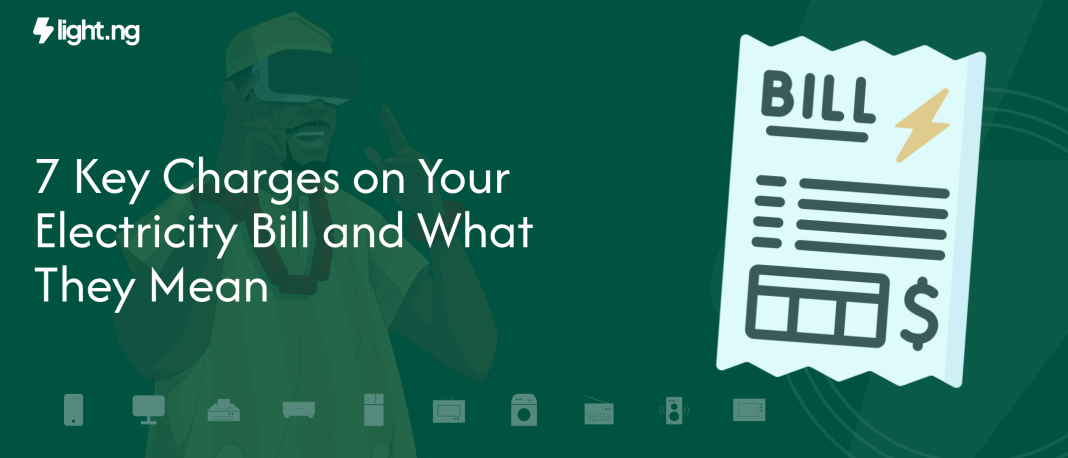Electricity bills can sometimes feel overwhelming, filled with different charges that might not be immediately clear. But knowing what you’re paying for is the first step to managing your energy consumption and cutting unnecessary costs. Below, we break down the seven key charges on your electricity bill and what they mean for you.
1. Service Charge (Fixed Fee)
This is a standard monthly fee that covers administrative costs like meter maintenance, billing, and customer support.
- Why It Matters: Whether you use electricity or not, this charge remains the same. It ensures that the infrastructure needed to provide power stays operational.
2. Energy Charge (Usage-Based Fee)
This is the cost of the electricity you consume, measured in kilowatt-hours (kWh).
- Why It Matters: You have control over this charge—using energy-efficient appliances and switching off unused devices can help lower your bill.
3. Demand Charge (For High-Usage Consumers)
This applies mostly to businesses or homes with high power consumption. It is based on the highest level of electricity demand recorded during the billing period.
- Why It Matters: The more power you use at peak hours, the higher this charge. Managing your consumption can help reduce this cost.
4. Generation Charge (Supply Cost)
This covers the cost of producing electricity, which depends on fuel prices and the method of power generation.
- Why It Matters: The price may fluctuate due to factors like fuel costs and supply chain disruptions.
5. Transmission Charge (Power Delivery Fee)
This fee covers the transportation of electricity from power plants to distribution networks.
- Why It Matters: It ensures that the infrastructure for electricity delivery remains functional and reliable.
6. Distribution Charge (Local Power Delivery Fee)
This charge applies to delivering electricity from the local grid to your home or business.
- Why It Matters: It covers the maintenance of transformers, substations, and power lines that keep your electricity running.
7. Taxes & Regulatory Fees
These government-imposed charges include VAT, environmental fees, and service levies.
- Why It Matters: While unavoidable, knowing what they cover helps you better understand your overall bill.
Conclusion
By understanding these charges, you can take better control of your electricity costs. Smart energy use and awareness of your bill’s breakdown can help you make informed decisions and reduce unnecessary expenses.
At LightNG, we believe in transparent, hassle-free electricity payments. If you would like to see more blogs like this [Click Here]
[Click Here] to purchase light from Lightng






